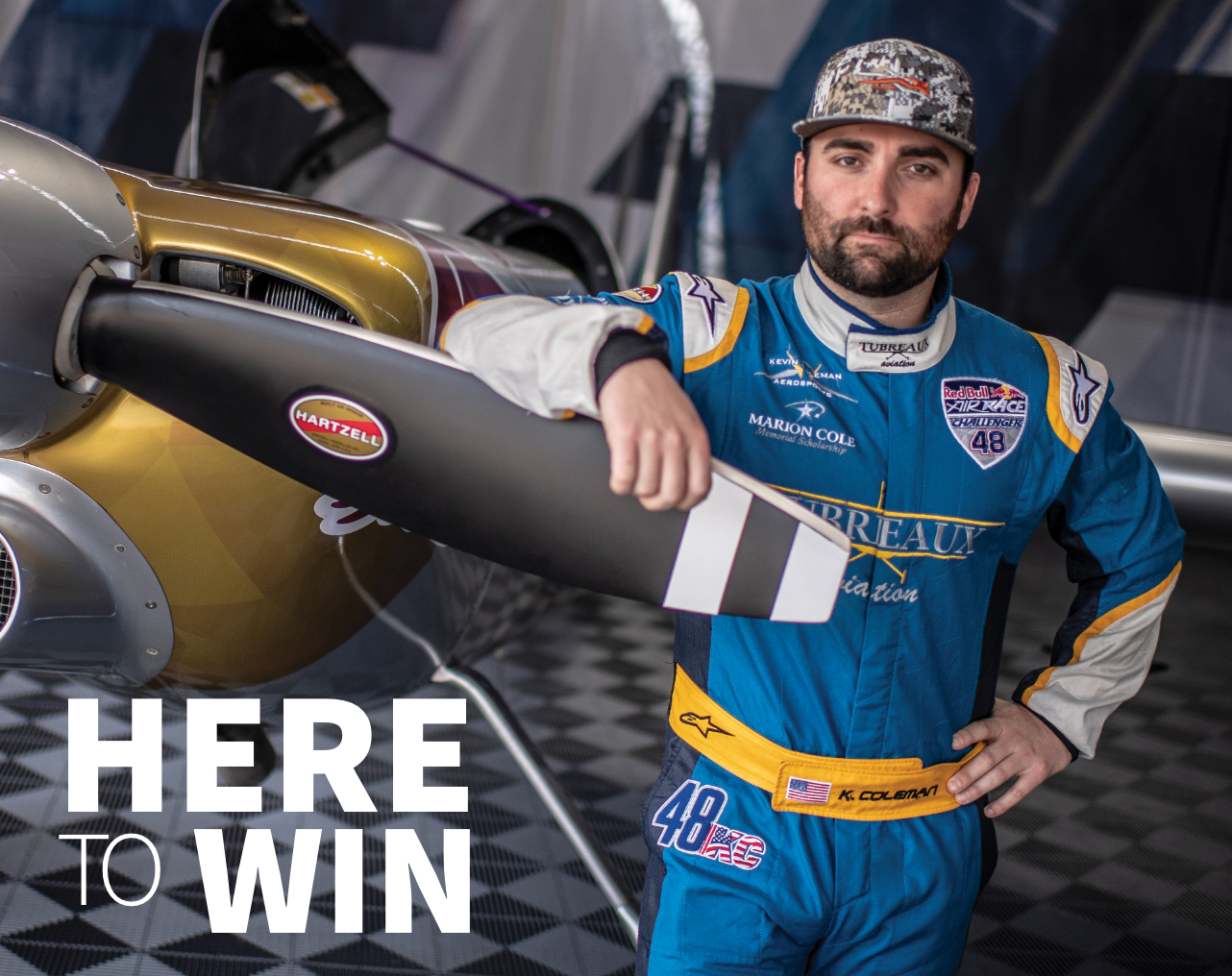
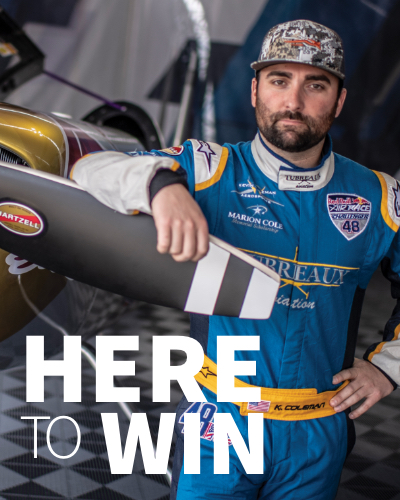
For professional air show pilot and air racer Kevin Coleman, aviation is a way of life.
Since learning to fly aerobatics at an early age, Coleman has made a name for himself as an in-demand air show performer and fierce air race competitor. He was the first American to ever compete in the Red Bull Air Race Challenger Cup and one of the youngest pilots to compete in the series. Recently selected as one of only 12 pilots to compete in the debut season of the World Championship Air Race, Coleman is ready to take his flying to the next level—and losing is not an option.
We had the chance to sit down with Kevin Coleman to learn more about his unique flying background and ambitious goals for the future.
HARTZELL: We understand you grew up in an aviation family. When did you get into flying?
COLEMAN: My dad learned to fly while he was still in medical school as a hobby. In the mid-1980s, he went to an airshow and met air show legend Marion Cole. They struck up a friendship, and my dad convinced Marion to teach him aerobatics. When I was born in 1990, my dad had already been flying air shows, so I grew up surrounded by aviation. I actually went to my first air show at six weeks old, and by the time I was three, flying aerobatics was all I wanted to do. That’s when I set my goals.
HARTZELL: When did you start training for those goals?
COLEMAN: At ten years old, I started aerobatics lessons in our family’s Decathlon with Marion Cole. He was an amazing mentor and taught me everything I know. I soloed on my 16th birthday and earned my pilot’s license at age 17 before flying my first air show performance at age 18.
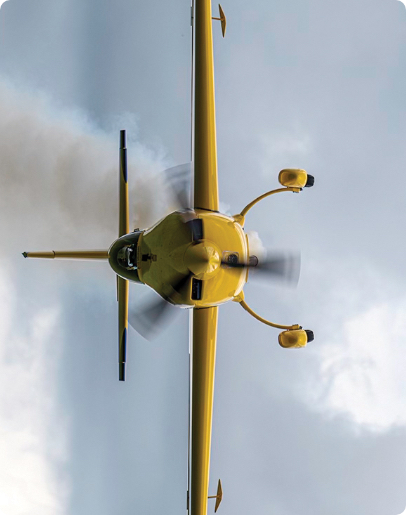
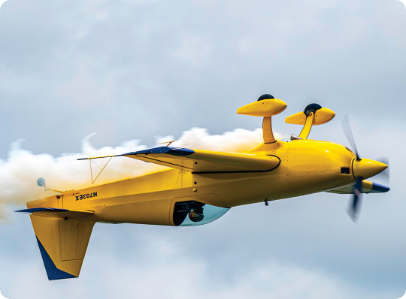
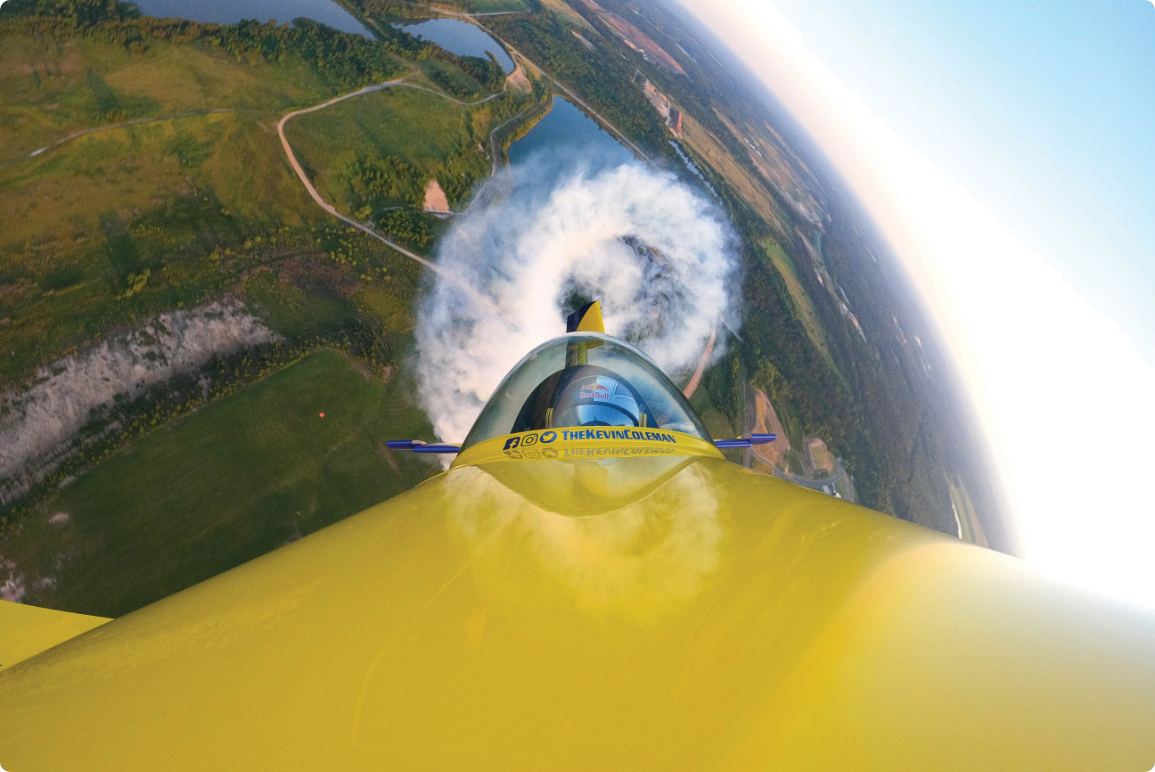
HARTZELL: Now that you’re flying as a career, how do you prepare for an air show or race?
COLEMAN: Air shows and air races require completely different mindsets and skillsets. For show flying, I’m practicing two to three times a day, usually three to four days a week. For air races, it’s a little different because we obviously can’t put a whole track up. But right now, my team is testing the race plane and working hard to make it faster and better.
HARTZELL: What are some of your favorite or signature maneuvers in your air show sequence?
COLEMAN: What I’ve worked the hardest on, and what I’m most proud of is pushing around a corner or pushing negative G-forces to the surface. Most aerobatic pilots pull positive G force around corners, so this takes a different skillset and a lot of focus. I’ve always had a lot of respect for Sean Tucker’s ability to push around corners. It adds a little bit of flair and excitement to a performance.
HARTZELL: You mentioned Sean Tucker and Marion Cole, are there other aerobatic pilots you’ve looked up to or considered your mentors?
COLEMAN: It’s kind of surreal that all the pilots who were my childhood heroes are now not only my peers but my good friends. When I was five years old, I remember being at Oshkosh when Michael Goulian had just got his first Extra 300S. Fast forward to when I turned 16, we ordered my first Extra and Michael was the one helping me learn to fly it, along with guidance from Sean Tucker and Bill Stein.
At 17, I was competing in aerobatic competitions in the Extra and started flying air shows the next year. I was also lucky enough that Sean Tucker took me on the road with him, which was a great experience. The aerobatic and air show community is very tight-knit, and I’ve been lucky to lean on these pilots for a long time for advice and coaching.
HARTZELL: Let’s talk about the new World Championship Air Race. You’re the only American selected for the Aero/GP1 category and the youngest pilot in your class. How excited are you to get back to racing?
COLEMAN: I’m super excited about the opportunity. In the previous Red Bull Air Race, I was in the Challenger Class, which is kind of like the minor series. Now, it’s like being in the major leagues. We’ve got a great team and a great airplane. As long as I can do my part inside the racetrack we should have good success.
HARTZELL: Other than equipping the airplane for performance, what kind of physical and mental activities do you have to do to prepare?
COLEMAN: This is my 14th year of flying air shows, so mentally, it’s more about preparing for how the airplane will perform the day of the flight in terms of the wind, weather, and humidity. We do a lot of practicing leading up to the shows throughout the year.
With air races, I start preparing about three weeks before the race. I’ll go through the track and write notes with our engineer, Apollo. We have other tools that I use to learn the track, figure out what the fastest line is going to be, and factor in different weather scenarios. Winning an air race is usually determined by a 10th of a second or less, which ends up being about six inches over a two and a half to three mile track. Every little detail counts, from how I put my seatbelts on, to how I trim the airplane, to how the engine is set up. Weight is also a factor with the airplane’s performance, so I’m working hard in the gym three to four times a week to be in my best shape.
HARTZELL: Obviously flying is a huge part of your day-to-day life. But when you’re not in the cockpit, are there other hobbies that you love to do?
COLEMAN: My life pretty much revolves around aviation. When I’m not flying or thinking about how to be better at flying, I’m usually doing something outdoors. My wife and I love skydiving and scuba diving together. I also golf, hunt, and fish a lot. I don’t like to sit still; I have to keep moving.
HARTZELL: As someone who does an extreme sport like aerobatics, do you still get a rush from skydiving?
COLEMAN: You know, it’s funny, I don’t really get an adrenaline rush from flying aerobatics or racing. I think it’s because it’s something I do every day, and I’m so focused that my mind doesn’t have time to think about the physical sensations. But skydiving does give me that rush because I’m still learning. I don’t get nervous before air shows or races. But as soon as I start putting on my skydiving rig and walking to the helicopter, my heart rate goes up, and
I start getting nervous. I’d say that jumping out of an airplane is uncomfortable for anyone, and it’s fun to put yourself in
that position.
HARTZELL: Looking to the future, what’s your biggest flying goal?
COLEMAN: With aerobatics, I’ve reached a lot of my goals since I had this dream at three years old. I’d like to continue improving and pushing the envelope. With racing, I still have a lot of goals. I’m really looking forward to the challenge of the new World Championship Race and being in the Aero/GP1 class. I want to be able to win races and compete for a championship in the very first year. The competition is steep, but I do expect us to win. That’s our mindset: refuse to lose.
HARTZELL: What advice would you give to a young person interested in following in your footsteps?
COLEMAN: I’ve had a unique experience because I grew up in aviation. My story really started with my dad taking a chance and asking Marion Cole to teach him aerobatics. So I think the lesson is that the air show and aerobatic community is very approachable and welcoming. We all want to see this sport succeed and grow, so don’t be afraid to go up and talk to someone if you have questions. More than likely, they’ll answer it and be more than willing to help you.